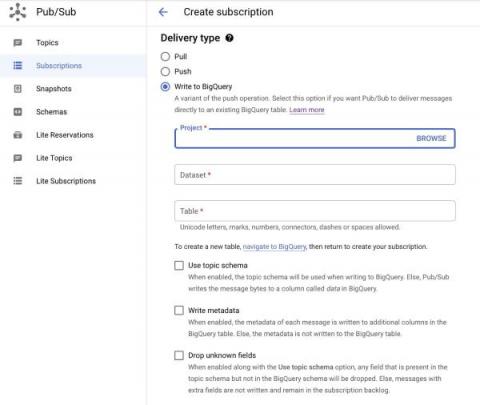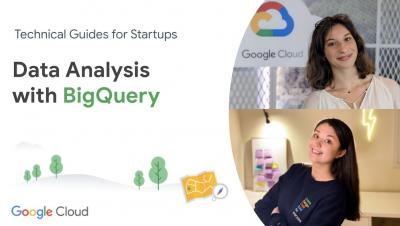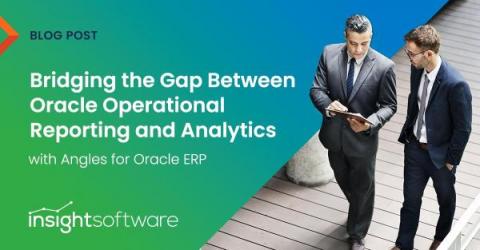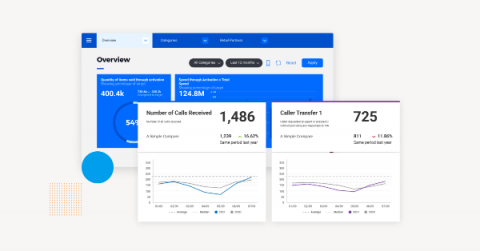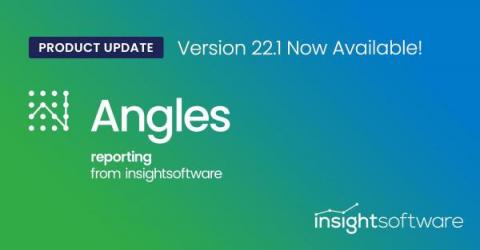Driving Success With a Modern Data Architecture and a Hybrid Approach in the Financial Services and Telco Industries
Corporations are generating unprecedented volumes of data, especially in industries such as telecom and financial services industries (FSI). Many organizations are hoping to leverage these massive amounts of data by investing heavily in big data solutions – solutions that they hope can meet business goals such as increasing customer satisfaction, uncovering alternative revenue streams, or improving operational efficiency.





